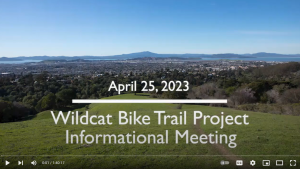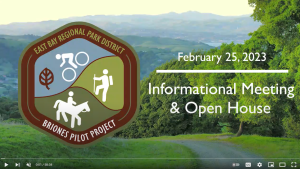The Oakland Hills Firestorm | The Aftermath


There were five major investigations after the fire, from which emerged dozens of recommendations. Among them were more compatible firefighting equipment, standardization of radio communications, better incident command structure, and emphasis on ember-resistant roofing materials and defensible space around homes.
The Hills Emergency Forum, established in 1992, brings together all the agencies responsible for fire safety in the Oakland-Berkeley Hills.
Also as a result of the 1991 fire, the state set up a Standard Emergency Management System, which gives agencies an organizational framework to deal with major disasters. It has been adopted at the federal level, too.
After the fire, Chief Rubini participated in half a dozen interagency committees that worked to improve fire prevention measures and standardize equipment. Communication had been a major problem during the fire, Rubini said. Fire departments with different radio frequencies simply couldn’t talk directly to each other.
Another system that came into its own after the fire was Critical Incident Stress Debriefing. Rubini’s wife, Lucy Woolshlager, who was the District aquatic specialist, had taken a class in peer counseling. She conducted debriefing sessions for all the District firefighters.
“Just as we have repeatedly said in our nation’s post -9/11 world that “We shall never forget” when it comes to homeland security, that same phrase is true when it comes to the Oakland Hills Fire,” said Tim Anderson, the Park District’s assistant general manager for public safety.

“While we will never have the ability to prevent the “perfect storm” Diablo weather conditions, we can and must work together within our communities to control fuel conditions on the ground and take other preventive measures to mitigate the effects of another fire. First responders must be interoperable in every aspect; communications, training, compatibility of equipment, preparedness, and especially through mutual cooperation.”
Jerry Kent, now retired, was the Park District assistant general manager for operations at the time of the fire. Kent has studied the fire extensively during the intervening years, writing papers and speaking at public agency meetings.
“Large fires in the hills had been predicted consistently before the 1991 fire,” he said. “But what actually happened was unimaginable.”
“The Saturday fire was totally different from the Sunday fire,” Kent added. “Saturday was an uphill fire in low to no wind. Sunday was a downhill fire in high wind.”
When the Diablo wind came up on Sunday, it fanned the flames. “The minute it got in the pines and brush, it was unstoppable.”
Even with firefighting improvements, when faced with a fire in high winds moving through crowded residential neighborhoods on steep hillsides, there will be times when firefighters will not be able to do much, Kent noted.
“It’s a very complicated issue,” he said. “It will be very difficult to mitigate the significant fire hazards that currently exist in some wildland and residential areas of the East Bay hills over the next 50 years or 100 years as global warming increases.”

“Tangible progress does not happen all at once,” Kent said. “Rather it builds over years of sustained effort. The Hills Emergency Forum has been instrumental in providing leadership since the 1991 fire, making significant improvements in firefighting readiness.”
Kent noted that voters approved the District’s Measure CC, which provided funds for fire hazard mitigation in the East Bay Hills. And after five years of hard work and citizen input, the District in 2010 approved a Wildlife Hazard Reduction and Resource Management Plan as its share of overall fire safety in the area.
“The Park District employees who were involved in fighting the fire that day were heroic,” Kent declared. “Some of them are lucky to be alive. The District has to be mindful of the risks faced by employees in fighting fires. None of us were prepared for an emergency of that scale.”
On Nov. 5, 1991 the Park District Board of Directors unanimously approved a resolution of commendation and thanks to all District employees “for exemplary service during the East Bay Hills fire and its aftermath.”
Back to Beginning >> The Oakland Hills Firestorm – 20 Years Later: Our Story



